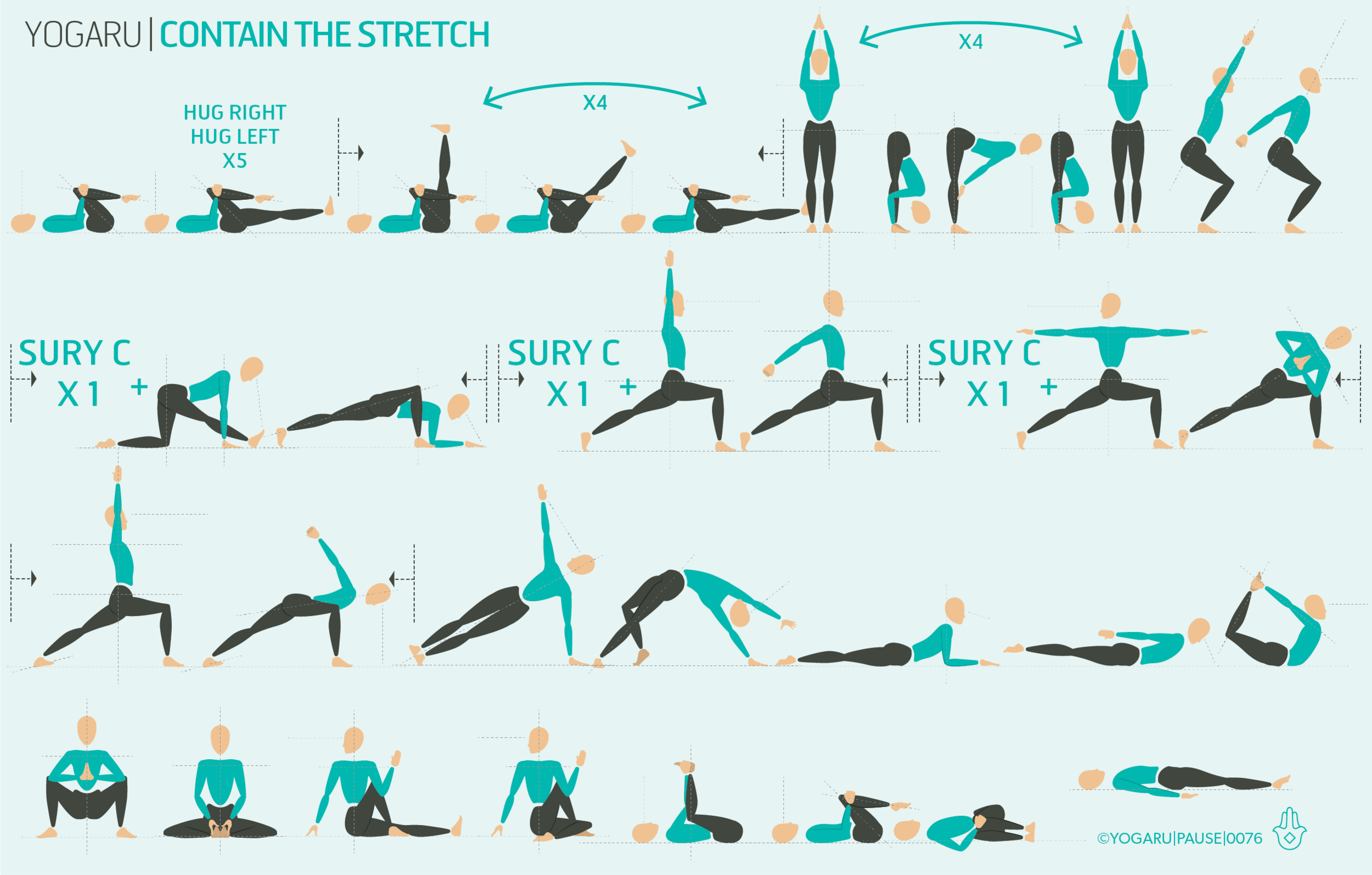THE ELEPHANT IN THE ROOM
I’m beginning to feel there is a big yoga elephant in the room who has hip issues! There is no disputing the many benefits of yoga, but like every activity or sport – regardless of whether they are strengthening or stretching actions, care needs to be taken with repetitive ranges of movements. Almost every yoga pose includes an element of hip activity. Without noticing it, your practice could very well be tilting more towards hip stretching than hip strengthening, which can leave you with some overstretch tenderness in the hip joint.
Recently I’m noticing my hips are quite loudly telling me to rethink how I approach my practice. This has led me to more consciously evaluate the balance of stretching v’s strengthening in my time on the mat. In last weeks post I talked about including equal amounts of mobility and strength work for a balanced, strong and flexible body. In this weeks sequence I’m looking at ways to incorporate this principle in Ashta Chandrasana/High Lunge. Yoga is not all about stretching, it’s about looking for the strength in each pose too – protecting the connective tissues and contain the stretch. You’ll sometimes hear phrases like ‘find your edge’. Playing with your edge is a dangerous game in my opinion, yoga is not about tipping over the edge! In my practice I am retraining myself to work on back off by about 10% of my end range of motion and find that sweet spot at 90%.
EXPLORING ASHTA CHANDRASANA IN YOUR PRACTICE
Using Ashta Chandrasana/High Lunge as an example, the temptation is to release the muscles that support the hip joint, and let the weight of the upper body sink the hips down as low as they can go, till you hit your end range of motion. In this position you have lost the support of the muscles in the hip joints and are more likely to overstretch any number of muscles. A more supportive version of the pose it to come to your 90% range of motion, firm the buttocks muscles of your back leg and hug your outer hips to the midline. Press your feet into the ground and draw your hip bone back in into their sockets like you have magnets in your hip. Feel strength in the muscles that are flexing and a contained supported stretch in the muscles that are extending. Get familiar with how this feels and how this principle might feel in all your poses for a more sustainable lifelong practice.
ALIGNMENT CUES
This sequence gives you plenty of opportunities to find your strong connective hip tissue in Ashta Chandrasana/High Lunge. Route your standing flow sequences through rounds of Sury Namaskara C, replacing the low lunges for the poses indicated in the sequence above. For the first Ashta Chandrasana/High Lunge see how it feels to bend the back knee slightly and allow the hip bones to lift up towards your bottom rib. In subsequent Ashta Chandrasana/High Lunge move towards straightening out the back leg, and pressing out through the heel, if the hip flexors feel warmed up. The feet are a crucial part of the pose for finding your strength. Use your feet and press into them strongly. This will trigger strength and stability up your legs and into the hip joints. Maintain this contained stretch throughout all versions of the pose in the sequence.
Print out the tips below, along with the sequence, and find a sturdy and stable Ashta Chandrasana/High Lunge:
From Adho Mukha Svanasana, inhale, step your right foot between your hands, exhale here.
Inhale, press into your feet to come up, reach your arms up high, shoulder width apart or palms together. Stack your front knee over your front ankle.
Press out through your left heel, firm your back leg, lift the thigh of your back leg up, hug your outer hips to the midline.
Press into your feet and push the floor away, firm your left buttocks.
Lift your point hip bones up to stack your pelvis perpendicular to the ground.
Draw your navel towards your spine, broaden through your collarbones, lengthen through your spine to the tip of your crown, gaze forward or to your fingertips.
To save the images for personal use click and hold down the image until the ‘save image’ option appears; on Mac hold down ‘control’ and click the image to get the option box; on PC right click on the image to get the option box. Scroll down in the ‘option box’ and click ‘save image’.
Ruth Delahunty Yogaru




